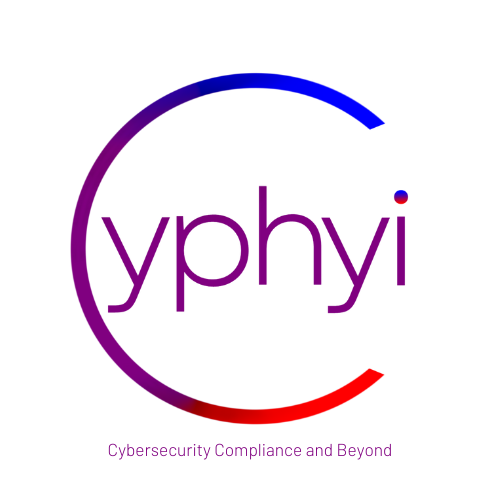From insulin pumps and pacemakers to diagnostic imaging systems and remote monitoring tools, modern medical technologies now form part of an increasingly complex cyber-physical ecosystem.
With these advancements come elevated risks: unauthorized access, data tampering, ransomware attacks, and service disruptions can all directly impact patient safety and data privacy. This has pushed regulatory bodies and manufacturers to rethink how they build and maintain secure-by-design medical devices.
In this post, we break down the key principles, challenges, and practical approaches to managing cybersecurity in medical device development.
Why Cybersecurity Is Critical in Medical Devices
Medical devices are high-value targets because:
- They often handle Protected Health Information (PHI).
- Many are connected to hospital networks, cloud services, and mobile apps.
- They can impact patient safety if compromised.
- Devices often operate unattended or in the field for years, making updates challenging.
Evolving Regulatory Landscape
Key Standards & Regulations:
- IEC 81001-5-1 – Focuses on cybersecurity activities for health software throughout the product lifecycle.
- FDA Premarket Guidance – Requires a cybersecurity risk management plan, threat modeling, and security labeling.
- EU MDR/IVDR & MDCG Guidance – Emphasize secure-by-design principles and postmarket surveillance.
- ISO 14971 + TARA (Threat Analysis and Risk Assessment) – Helps integrate security into traditional risk management.
Manufacturers must now document, assess, and maintain security throughout the lifecycle — from architecture to decommissioning.
Top Challenges in Medical Device Cybersecurity
- Long lifecycles: Devices in the field for 10+ years may face threats that didn’t exist at release.
- Complex supply chains: Components from multiple vendors make vulnerability tracking difficult.
- Legacy OS and software: Many devices rely on outdated platforms with known vulnerabilities.
- Real-time & safety constraints: Security measures must not interfere with timing, performance, or safety-critical functions.
- Interoperability: Devices must often interact with other systems (EHRs, hospital networks), increasing the attack surface.
Secure-by-Design: A Practical Approach
To meet both regulatory and safety expectations, manufacturers should embed cybersecurity from the start — not bolt it on later. Here’s how:
1. Threat Modeling and TARA
Use structured methodologies to identify:
- Assets (e.g., patient data, system functions)
- Threats (e.g., tampering, spoofing)
- Vulnerabilities (e.g., outdated libraries, hardcoded credentials)
- Controls (e.g., encryption, authentication, firmware signing)
Use tools like attack trees or XSAM-based models to build traceable and adaptable risk profiles.
2. Security Requirements Engineering
Translate risk insights into:
- Secure boot and code signing
- Data integrity verification
- Access control policies
- Event logging and anomaly detection
Align requirements with IEC 81001-5-1 clauses to ensure traceability and audit readiness.
3. Secure Software Development Lifecycle (SSDLC)
- Apply static/dynamic code analysis
- Enforce secure coding practices (CWE, MISRA)
- Conduct regular vulnerability scans
- Perform penetration testing before release
4. Patch Management and Postmarket Surveillance
- Design update mechanisms (OTA, physical access)
- Monitor vulnerability databases (e.g., NVD, ICS-CERT)
- Implement coordinated vulnerability disclosure policies
Building Cybersecurity Competency Across Teams
Cybersecurity is multidisciplinary. Developers, QA, system engineers, and regulatory teams must understand their role in building secure devices. This is where role-specific training helps bridge the gap between standards and implementation.
Examples of targeted training topics:
- TARA for medical device risk managers
- Secure architecture for embedded developers
- Compliance mapping to FDA and IEC 81001-5-1
- Secure software lifecycle practices
Regulators like the U.S. FDA now mandate comprehensive cybersecurity risk assessments as part of premarket submissions, emphasizing the need for secure-by-design practices, threat modeling (TARA), vulnerability management, and postmarket monitoring. These requirements reflect a broader industry shift toward lifecycle accountability — security must be planned, built, validated, and maintained continuously.
Implementing a structured, standards-aligned approach to cybersecurity:
- Improves resilience against real-world threats,
- Enhances patient safety and data integrity,
- Supports smoother regulatory reviews and faster time-to-market.
As the complexity of medical devices grows, integrating cybersecurity early and revisiting it regularly throughout development is the only sustainable way to manage risk and meet evolving regulatory expectations.


